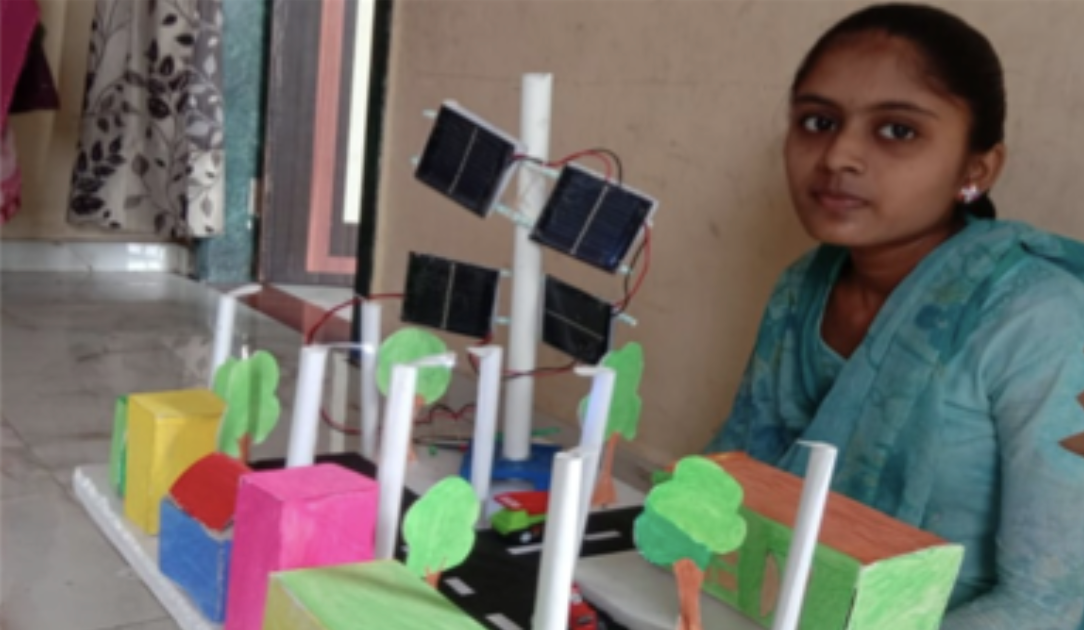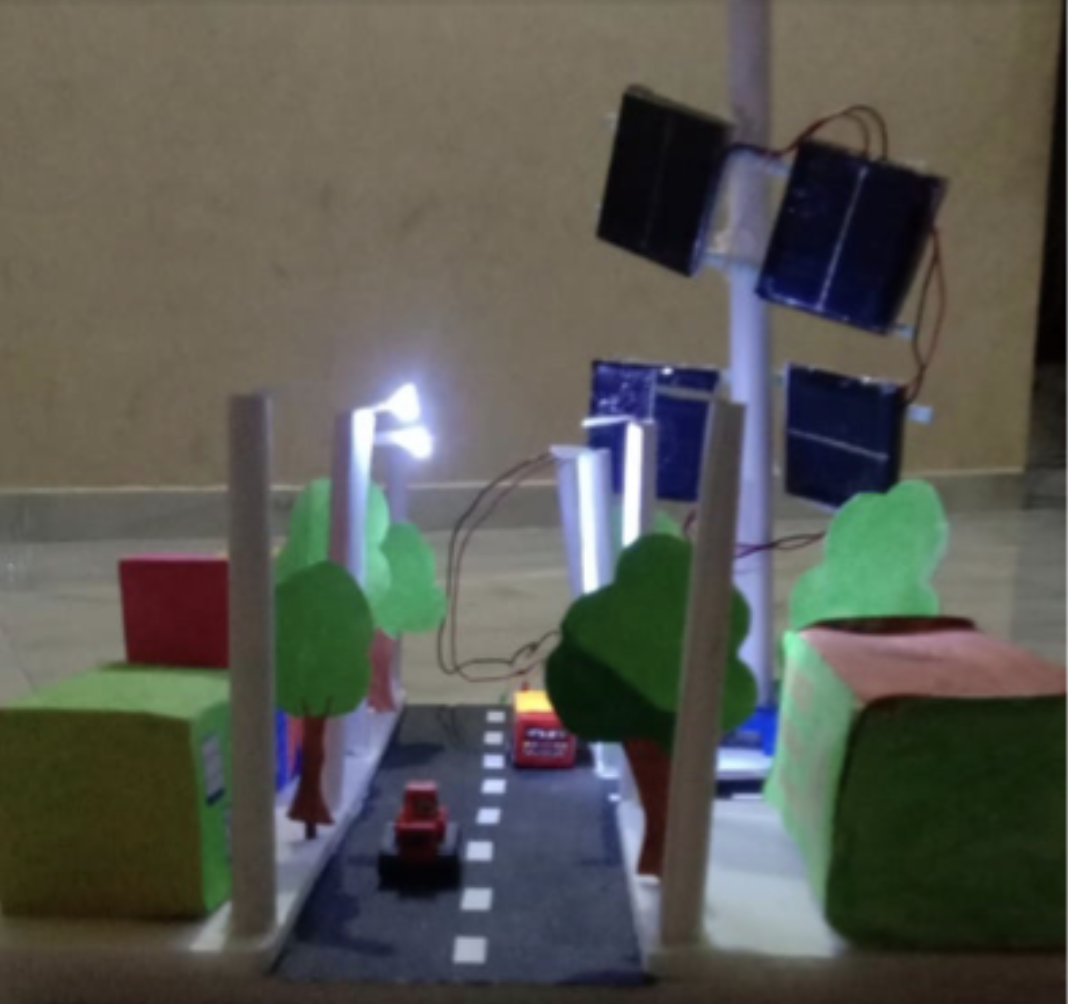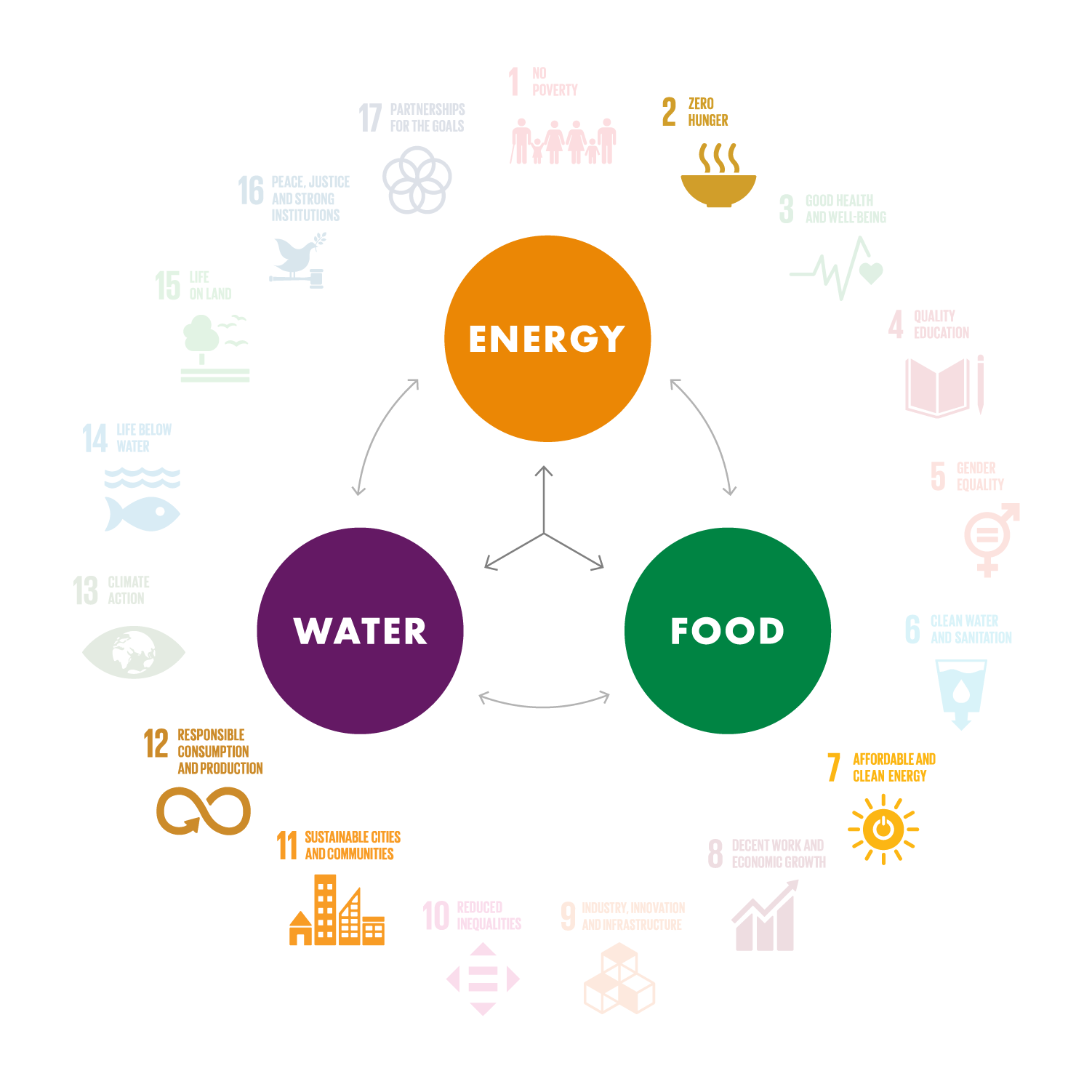Palak, a NXplorers student from Suman High School-10, Surat, studied the efficiency of traditional solar panels and redesigned them to improve their production.
Palak found that hydrocarbon deposits are widely used for power generation in her area, which leads to high CO2 emissions. This discovery led to her thinking of a more carbon neutral solution. While ‘solar plants’ are already used locally, they do not produce enough electricity to meet the requirements of the community. However, a ‘solar tree’ structure, which holds solar panels together on a tall base, could produce 25-30% more power compared to the conventional SPV (solar photovoltaic) layout of panels, as it is mounted at a height so it can capture more sunlight.
This layout could help India progress towards creating more affordable and clean energy . Palak’s solar tree structure uses less space than is needed for the traditional SPV layout; this extra space could instead be used for food production, creating a more sustainable environment and helping to address the country's food poverty issues by enabling responsible and sustainable food production that meets the demands of an increasing population.
Recreate solar power
There is a huge demand in India for electricity, with the increasing population and the rapid growth of industry. The International Energy agency reported in 2021 that the energy demand per capita in India has risen from 25% in 2000 to 36% in 2019*. The carbon emissions for the country per capita have also increased from 22% to 39% in the same period. With this increase comes a demand for more sustainable and cleaner energy sources.
Palak created a questionnaire to collect information from stakeholders for her research, she also collected information from households on the availability of solar plants and their monthly electric requirements. Once she had done her research, Palak, along with a NXplorers facilitator, met solar and electrical engineers to discuss the results and develop a prototype “solar tree”. The structure is versatile - it can be set-up in open spaces or on the roof of buildings.
Palak’s structure would create more continuous energy to those who do not have enough power or are not connected to the grid. The sunflower solar panel or solar tree project investigates problems faced throughout the world, including creating affordable and clean energy and creating sustainable cities and communities.

The structure could also improve agriculture in the surrounding area. The unique stem structure allows the panels to be moved manually, to avoid wind pressure or to rotate to gather the maximum amount of energy possible. The solar tree has the capacity to incorporate CCTV surveillance, for solar trees in fields, which could benefit farmers by giving them security. It also could include useful instruments such as soil analytics sensors, rainfall prediction, wind speed and real-time humidity monitoring. All of these benefits to farmers and the land could go towards eradicating hunger around the world, as well as providing the help needed to produce and consume food responsibly.
Conclusion
The project has potential for positive impact on the wider community. Palak’s research has helped raise awareness in her local community about CO2 levels rising and the negative impact of using coal for electricity generation. Her school has been working to use the project to generate their own energy. Palak’s research can be taken to many countries around the world and implemented to provide energy to families, households and industries who are not connected to power grids.

NXplorers really helped me to develop a new way of thinking which I can apply throughout my life. I have changed my mindset to dig deeper into the problems rather than jumping into the solution without thinking of their implications. I want to take my Solar Tree project further and enhance it to provide clean and green energy to the people who don’t have access to it.
How This Project Contributes To The UN SDGs
2. Zero hunger
The solution will help the country to meet food production demands of a growing population.
7. Affordable and clean energy
The solution uses a clean and renewable source of energy to ensure access to affordable, reliable, sustainable and modern energy for those on and off-grid.
11. Sustainable cities and communities
The solution uses renewable energy which will allow an inclusive, resilient and sustainable energy supply for cities and communities.
12. Responsible consumption and production
The solution uses clean and renewable energy to ensure sustainable consumption and production patterns for those in both rural and urban areas.

Diagram of the United Nations’ Sustainable Development Goals numbered in a large circle, each with a smaller diagram below to represent the specific Development Goal. All of the Development Goals are faded, apart from six of them:
3. Good health and well-being
7. Affordable and clean energy
11. Sustainable cities and communities
13. Climate action
Within the circle there are three circles in a triangle formation reading ‘Energy’, ‘Water’ and ‘Food’, with arrows to show how they are all interconnected.